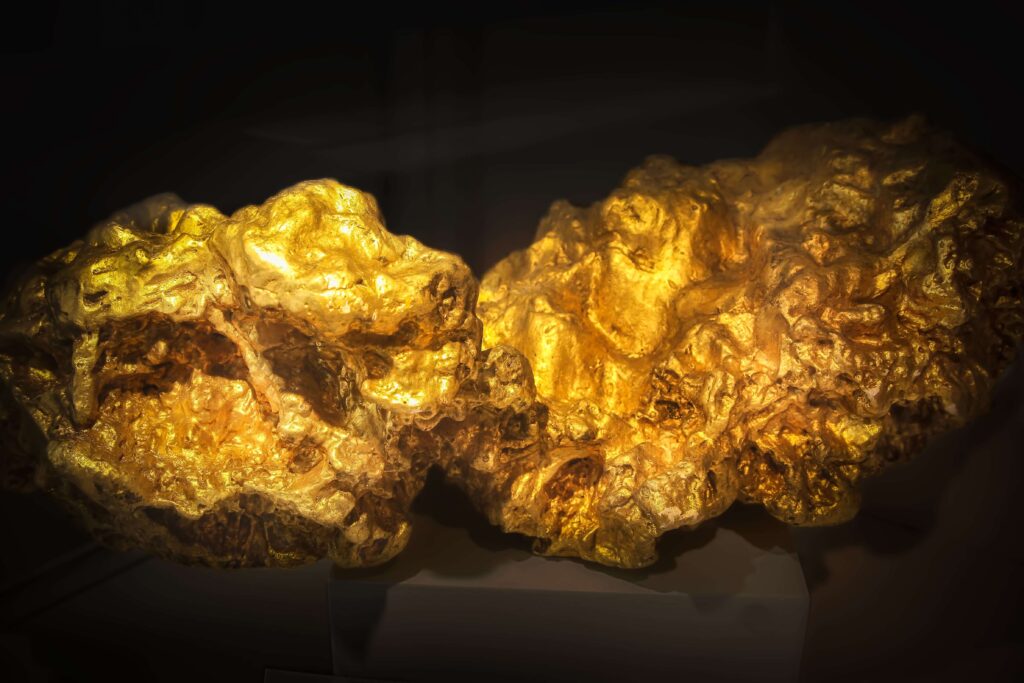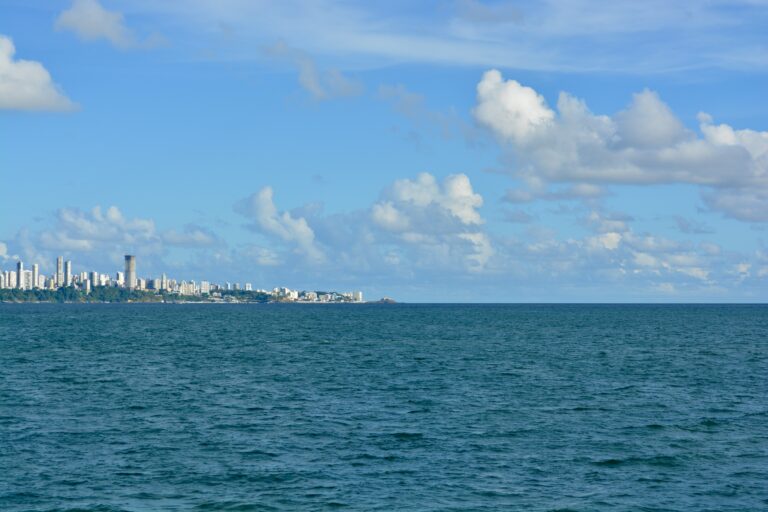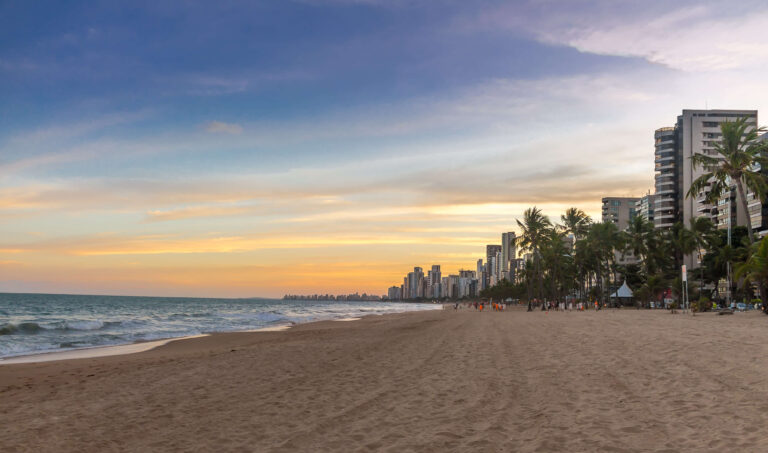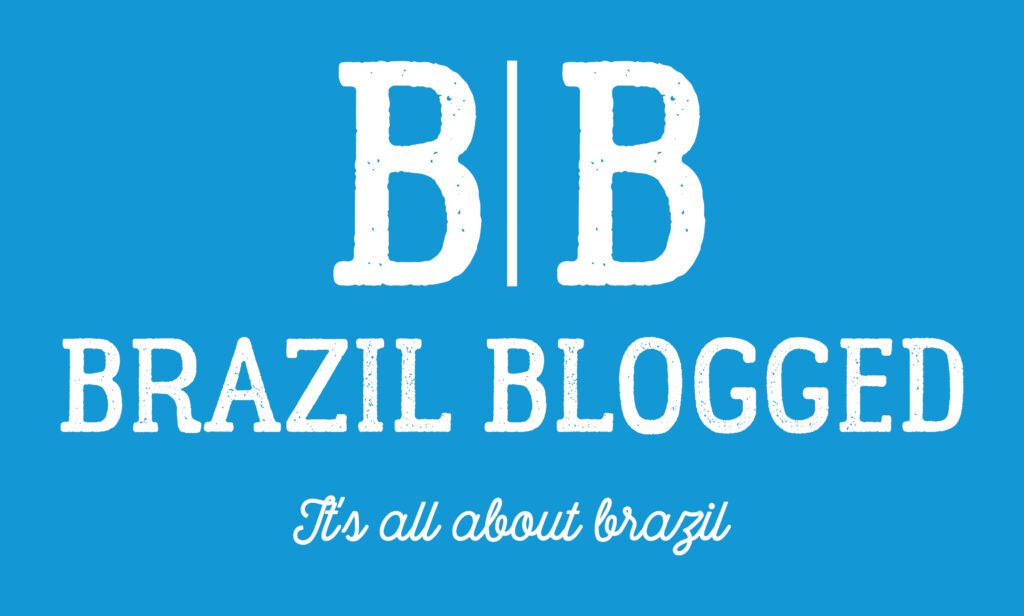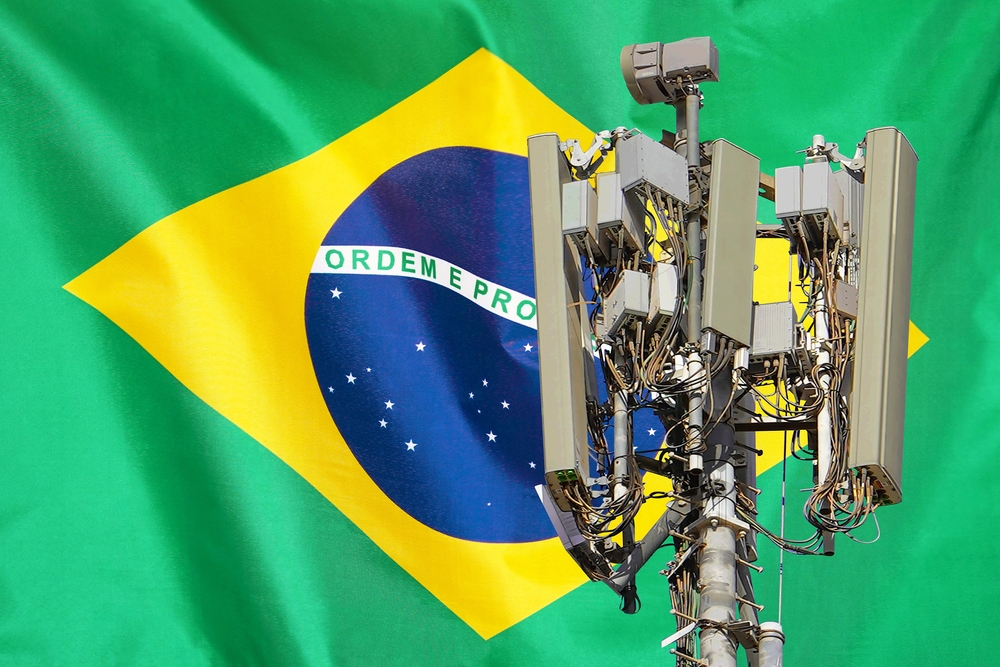In the annals of the New World’s exploration and colonization, 1513 marks a significant chapter in Brazil’s rich history. This was the period when a frenzied gold rush took center stage, a story marked by elements of ambition, discovery, triumph, and human tribulations.
As part of the Age of Discovery, Portugal, like other European powers, had its eyes set on the vast unknown expanses of the world. Its explorers had been sailing to distant corners, driven by a quest for wealth, trade routes, and new territories. Brazil, claimed by the Portuguese explorer Pedro Álvares Cabral in 1500, became the focus of their exploration.
However, the Brazilian Gold Rush didn’t commence immediately upon Cabral’s discovery. Instead, it took over a decade for the allure of gold to reveal itself. The year 1513 marked the beginning of this intoxicating dance with fortune, although it’s important to note that historical records do not specify a definitive date or incident that triggered this gold rush.
Rumors and sparse evidence of gold deposits drove adventurers, fortune-seekers, and the desperate alike into Brazil’s rugged, uncharted territories. It is estimated that thousands made the journey from Portugal and its colonies, risking life and limb in search of their fortunes. The promise of gold was strong, its allure irresistible, yet the journey fraught with innumerable perils.
One of the focal regions of the gold rush was the region of Minas Gerais, which means “General Mines.” The vast, mountainous terrain was believed to be rich in mineral wealth, particularly gold and diamonds. These regions were explored extensively by bandeirantes, the intrepid Brazilian explorers and fortune hunters, often of Portuguese descent. The bandeirantes played a pivotal role in expanding the Portuguese territories in Brazil, often at the expense of indigenous peoples.
The quest for gold significantly impacted Brazil’s demographic, economic, and social landscapes. The population soared due to the influx of immigrants, and new towns sprouted, bringing with them the rise of commerce and trade. However, the wealth brought about social stratification, with an elite class emerging from successful miners.
However, this era was not just one of prosperity; it was also marked by significant human suffering. Native Brazilians and African slaves were often forced to work in these mines under brutal, inhumane conditions. Exploitation, disease, and conflict led to a massive loss of life, making the Brazilian gold rush one of the most glaring examples of the costs of colonialism.
The Brazilian gold rush also had profound implications on the global stage. The influx of gold into the Portuguese coffers not only increased its economic strength but also significantly impacted Europe’s economy. Some historians believe this sudden wealth contributed to the ‘Price Revolution’ in the 16th century, where Europe experienced widespread inflation.
In summary, the Brazilian gold rush of 1513, while not a definitively demarcated event, was a pivotal moment that symbolizes the spirit of exploration, the lust for wealth, and the human cost that these desires entailed. The echoes of this period are still discernible in modern Brazil, an indelible part of its rich, multifaceted history.

